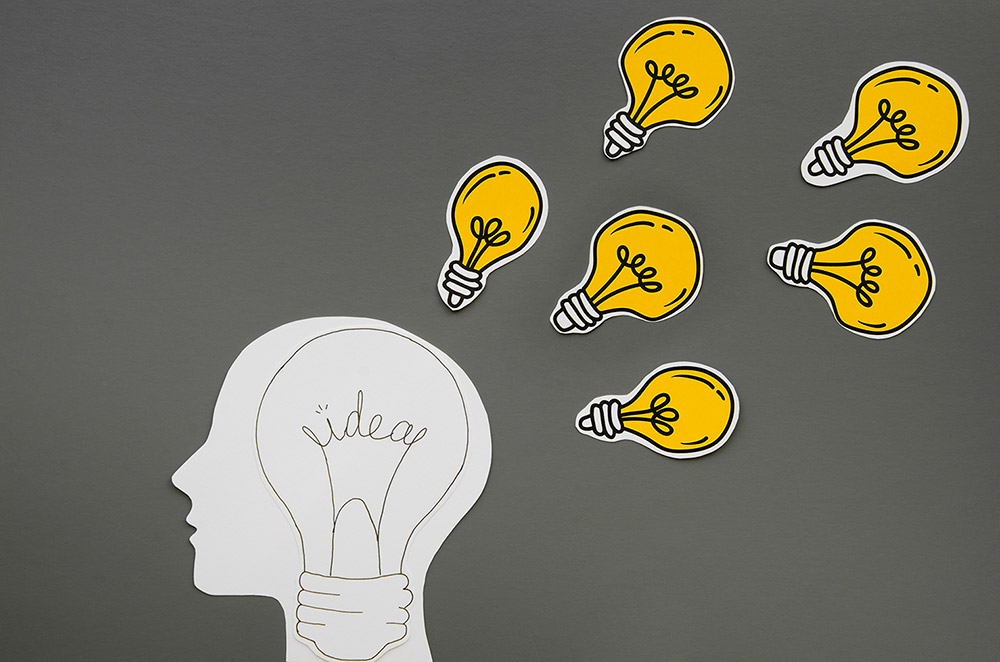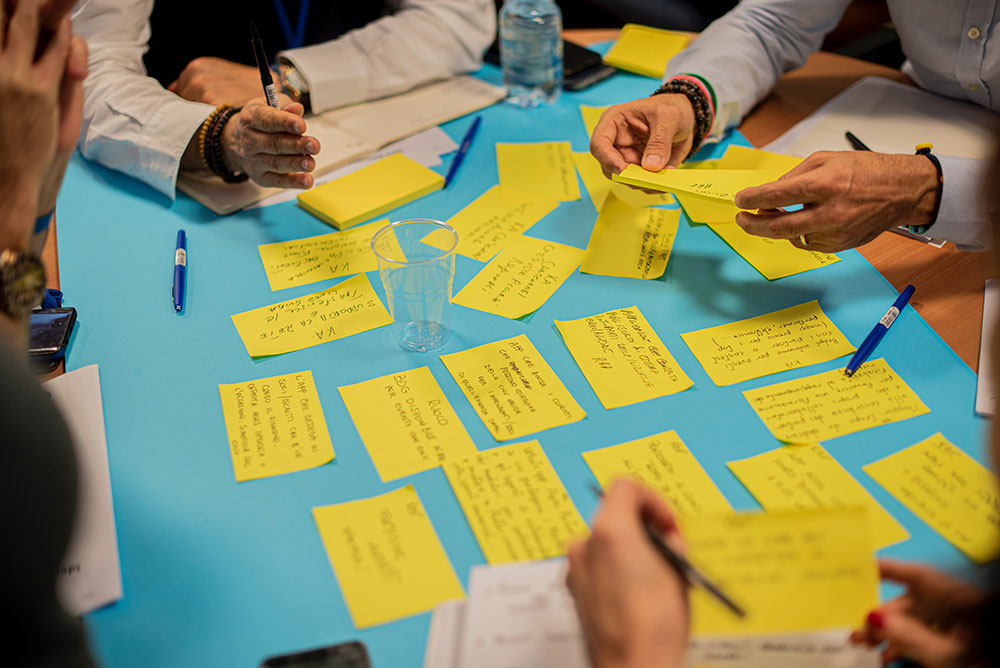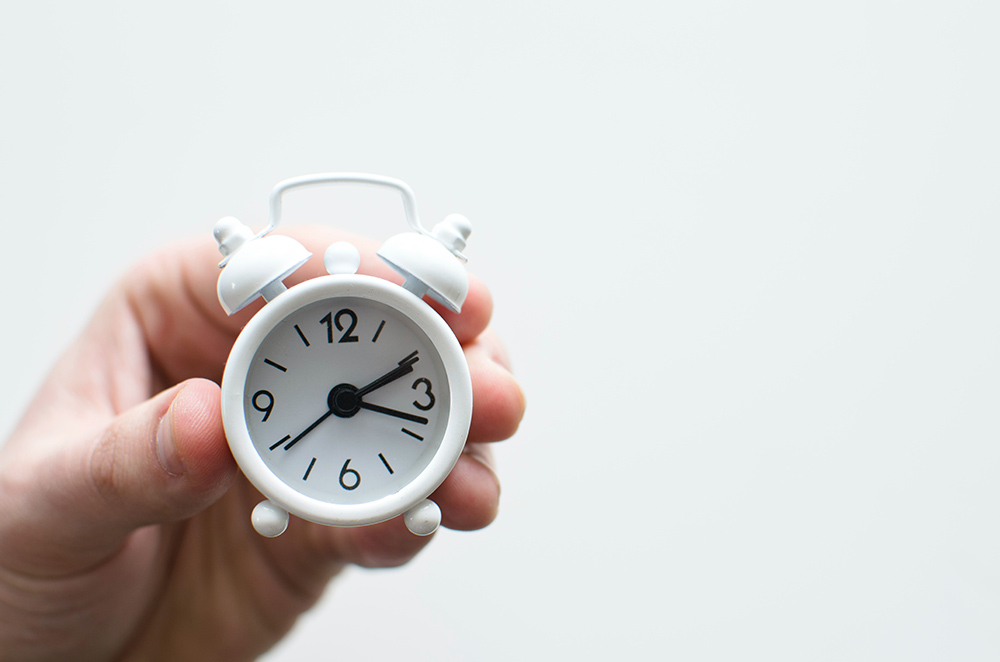Step-by-step Product Validation Guide: Do You Have The Right Product Or Idea?

Have you heard of Ask Jeeves, Pets.com, or WebTV? These are names that now serve as cautionary tales to the budding entrepreneur and can even be a Slenderman of sorts that instils fear into them.
Understandably, successful ideas like Uber and Airbnb can serve as a motivational yardstick for entrepreneurs to look to now and then. It is also important to note that people were sceptical about it. This then brings up the question - what exactly goes into the making of a successful new product or idea? Do you have the most satisfying or innovative product design?
In our article today, we will be looking at idea validation and whether or not your ideas are worth executing.
Definition Of Idea Validation
We start with the definition and understanding of the frame with which we will be validating ideas.
Validation is a procedure that begins with a concept and often concludes with a paying consumer. The goal of idea validation is to expose the concept to the realities of the actual world before building and releasing the final product or solution.
This act of accumulating evidence around ideas through testing to make quick, educated, and risk-free judgments is known as concept validation.

Why Do We Need To Validate Ideas?
New ideas always include a pinch of unpredictability, and if several of them go wrong, they can devastate your plans all at once. Validation decreases risk, accelerates market delivery of a value-creating service, and reduces costs.
To prevent producing and delivering a new product, concept, or even product design that no one wants or is willing to pay for, an idea should be validated before investing considerable time and money into developing it.
The goal of idea validation is to ensure that your proposal has real demand or it risks becoming "another cool idea".
The thing you’ll want to keep in mind is that your concept must be able to either solve a real problem, accomplish its stated goal, or appeal to other incentives.
Approaching the problem first and seeing if your solution can solve it is usually the best strategy for you to minimise risks.
The mythical Google glasses would be one example of a good idea. It is, however, a solution to a question nobody asked. On top of that, it was poorly advertised, also looked unappealing, and raised health & safety issues. Its absurdly high price tag ($1500) didn't help matters, especially as it failed to provide clear value to the consumer. It was unclear why anyone may require it in the first place, other than to surreptitiously violate other people's privacy.

In some circumstances, an idea can be validated in the following ways:
-
Check to see if the time is accurate.
-
Confirm that you can sell and deliver the solution promptly.
Sometimes, if no one is willing to pay for your offering then the timing may be off, or it may simply be a bad concept in the first place.
Factors That Contribute To The Success Of Your Idea
As we have mentioned, validation is a constant process of enhancing your idea that does not end at the first stage of ideation. Even if you had a real problem and a verified solution, there may be other components that need to be validated as you develop your idea:
Adopter groups and social systems - How appealing is your proposal to the appropriate adopter groups?
Compatibility - Does your proposal appear to be compatible with the needs of potential adopters?
Relative advantage - Does the idea appear to outperform the competition? How does it appear to be better? Is it truly better?
Complexity - Is the concept simple to grasp or does it necessitate the acquisition of new knowledge and skills?
Trialability - Is it possible to try out your offering before making a purchase?
Observability - Can people see the benefits of your offering?
Validation: How To?

As previously stated, there are numerous methods for validating an idea. The ideal technique to do so is determined by the nature of the idea. Validation may not be required if there is little ambiguity.
When it comes to new company ideas, new products, concepts, and product design that are risky, however, idea validation is highly suggested.
Validation is essentially about putting assumptions to the test. It is critical to test the riskiest assumption first, rather than wasting time on something that has little potential.
Steps To Validation
We will make note of the fact that there are numerous approaches to evaluate an idea. However, the overall validation procedure is relatively easy.
Early on, you should concentrate on confirming your assumptions to ensure that the most important ones for your organisation are correct. For example, you might want to validate your target market and its potential to determine whether your idea is valuable and appealing to the market you've established.
If your assumptions about your market and idea are correct, you may begin testing your new product or product design to learn how all of the aspects operate in practice.
Here’s how we recommend you go about the idea validation process:

✧ Goals
Validation, like any other concept management task, begins with defining your goals. You'll determine what you want to study and what characteristics to validate at this point.
Your objective could be one of the following:
-
Issue - What issue or problem are you trying to solve and is it worth solving?
-
Solution - Is your idea or new product going to solve the issue? Will it benefit people the way they want?
-
Use - How do the features of your new product work, is it user-friendly, and will it be durable?
-
Design - How is your product design going to affect the usability of the product? Is it user-friendly?
-
Business model - Is this business model viable and can you scale it down the road?
-
Price - Will there be adequate demand for your company model at the price you've set? In practice, how does your pricing model work?
Although these are prevalent and essential subjects, they are only examples. The goal of your goal is to find the most critical assumption related to your unique idea and thus begin with the most important one.
It can be an assumption that is most likely to occur for you, but you can alternatively begin with an assumption that has the greatest downside or the lowest expected value. Make a list of all of your assumptions about your idea and prioritise the one that is most important to its success.
We look at the following example. Your plan may be to sell tea online using a monthly subscription. You already know that the current market revenue for tea amounts to US$736.7m in 2022. This market is expanding and will be expected to grow by 3.16% annually for the next 3 years until 2025, therefore there's no need to do separate market validation.
In this scenario, your most crucial assumption is most likely connected to price, and your goal then will be to determine the appropriate price point for your monthly signature tea blend package plan.

✧ Hypothesis
After you've determined your goals, you’ll be creating a hypothesis based on that goal. A good hypothesis, as we all know, is a statement that can be tested, and contains a prediction.
The idea here is, to begin with, the most important assumption, the one that is most likely to fail and would have the most serious repercussions if it did. What would have to be true for the concept to be feasible?
In the case of Airbnb, for example, the major assumption was that visitors are willing to stay in the homes of strangers and that homeowners are willing to rent out their houses to strangers. This was the most essential for AirBnB because the entire concept is based on other individuals agreeing to lend their homes.
Although house-swapping was already a well-established notion and a cost-effective way to travel, AirBnB's approach was unique. The concept of Airbnb was validated before they even had one.
They were looking for methods to pay their rent when they discovered that a large conference was coming to town and that all of the hotels were completely booked. The creators purchased three airbeds for the flat, offered their guests a bed-and-breakfast service, and showed their guests around the city, allowing them to pay their rent while also validating their company idea.
It is usually not difficult to come up with a hypothesis. What's more crucial is defining the test's minimum success criterion, which isn't always easy. For example, if 8 out of 10 individuals say they'd rather sleep in a hotel than on someone's couch, does it rule out AirBnB's concept?
When it comes to your specialist tea blend business, the most important assumption is whether customers are willing to buy online and how much they are willing to pay for it.

✧ Experiment And Adjust Accordingly
Once you've formed a hypothesis, you may begin validating it by conducting experiments.
At this point, we have to bring up an important question to preface everything - Causation does not always imply a correlation, but correlation always implies causation. Once a correlation is discovered, you can test for causation by running experiments that track each variable while also excluding other variables that may interfere.
While the definitions themselves are relatively simple, improper application of exploratory data analysis techniques can result in a wide range of incorrect conclusions. This happens when events are correlated but the correlation is not due to a causal relationship.
Simply assuming that correlation implies causation in marketing without rigorous testing and experimentation can be problematic and lead to costly mistakes.
That being said, the goal of experimentation is to find the quickest and cheapest means to put your hypothesis to the test in practice. An experiment is a test or series of tests that measure the consequences of a hypothesis and determines whether or not you should pursue your idea.
Experiment to determine whether or not your assumption is correct. You nearly always need to develop it. The initial idea is simply a beginning point for a better and more refined idea down the road.
While going through the validation process, you have the opportunity to learn how to improve your idea or new product.
Here are a few ways in which you can carry out your experiment:
-
Build a minimum viable product
-
Landing pages
-
E-mails
-
An actual prototype
-
-
Showboat your prototypes
-
Interview/survey
-
Crowdfunding platforms
-
A/B testing
When it comes to validating a problem, conducting interviews and surveys will frequently suffice. However, if you want to validate a new product or service, you should consider using showboating prototyping or something similar.
This is where you don’t have all the features or functions implemented but to be done at a later date, and you roll it out anyway to see if people are interested and willing to pay for such a service.
You may want to develop a landing page and run A/B testing when validating a price. You may also try selling a bogus new product and using accepted offers as a metric.
When conducting research, solicit feedback; ideas, responses, and remarks; and look for common responses to the following themes:
-
People who claim they’ll purchase your new product = Your target audience
-
What are they willing to pay for it = Your price
-
How many will buy or keep buying your new product = The demand for your product

✧ Validate And Continue To Develop
At this point, you should confirm whether your assumption is correct or incorrect. If your idea has potential and the most important assumption is valid, you can begin refining it.
Although validation isn't always indicative of success because it's the execution that counts. Having confirmed the most key assumptions and utilising the data you acquired during the validation process will undoubtedly help when it comes time to develop and implement your idea.
Idea Validation Criteria
Although each idea is unique, and many of them cannot be tested using the same approaches, some general guidelines can help with the process.
✤ Be Critical
People who start businesses are almost always optimists, and while optimism is essential, having too much of it won't get you very far.
There are considerably more poor ideas than good ideas, and even among good ideas, there are far more awful solutions than good ones. The only way to overcome this problem and make better selections is to be extremely critical of your work.
✤ Keep Your Process Simple
The secret to quick learning is to keep the process simple and effective. Frequently, your expectations differ from your actual challenges. Rather than listing every single assumption and spending hours trying to make sense of them, think of your process as a simple, general framework.
Pay close attention to selecting the appropriate selection criteria and metrics, and prioritise the most important aspects of your business first. Once you've determined that your business idea is sound and the overall picture works, you'll have plenty of time to focus on fine-tuning the details. The goal of validation is not to create a perfect answer, but to ensure that your idea has potential.
✤ Target The Right Audience

Involving the correct audience is critical when verifying a new idea and getting feedback.
Friends and family may be the first to embrace your concept, but they aren't always the most dependable source of feedback.
The capacity to acquire reliable information about your idea is critical to the idea validation process. As a result, finding the correct people who are knowledgeable about the industry or topic of your proposal is critical.
For example, if your offering is a new product for B2B’s on the Fortune 500, you should probably contact them directly.
✤ Have A System
Idea validation should be done methodically so that you can keep track of your assumptions about your idea as well as the measurable results you've obtained from testing it. Using specialised innovation management software for gathering, developing, assessing, and verifying new ideas is one method to improve your systematism.

✤ Learn What You Can From Others
It's quite improbable that you're the first and only person to come up with a fresh concept, and there's a good likelihood that others have had the same idea before you.
It's a good idea to be informed of what happened to previously existing concepts since it can assist you to avoid some of the crucial mistakes that have already been made. Having little competition isn't always an indication of originality and innovation.
Frequently, either the timing or execution of previous ideas was poor, or the ideas themselves were flawed, to begin with. It makes no difference how nicely your new product is implemented if no one finds it useful.
Examine the market's actors and how they operate. Is there anything you can learn from earlier blunders or your present competitors to prevent making the same mistakes as others?
Closing Words
Idea validation is carried out to reduce the danger of implementing ideas that no one wants or is prepared to pay for.
The goal of idea validation is to ensure that your new product or business idea has potential and that the most crucial assumptions about your idea are correct. The goal is to identify the quickest and cheapest approach to test your assumptions so you can determine whether to pursue the concept or pivot.

What makes validation tough is that your assumptions are frequently at odds with the actual issues since there are so many distinct factors to validate. Always remember that identifying the most important ones will require a methodical approach.
More articles please read Mobile Marketing: Your Simple Starter's Guide

